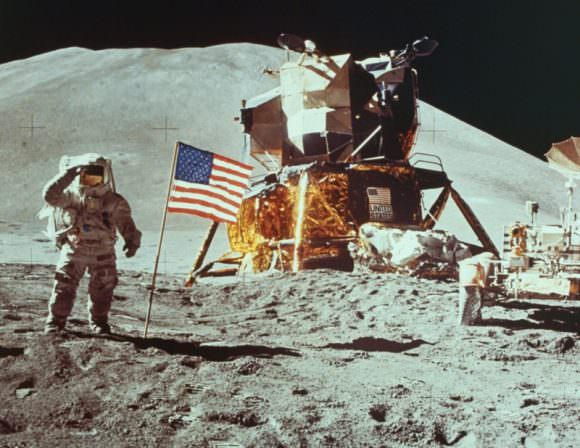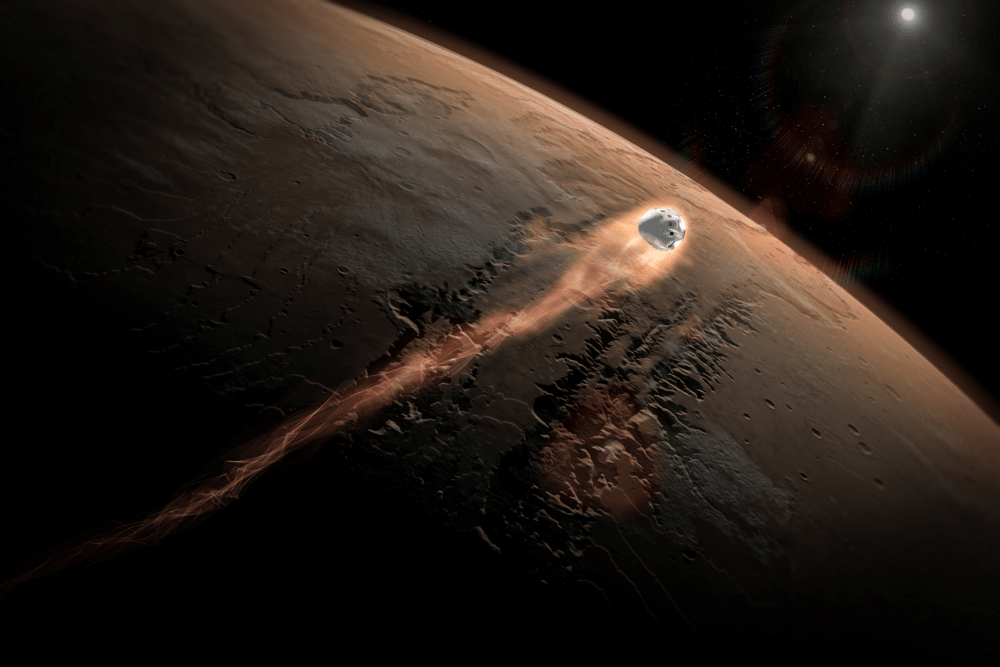A manned mission to Mars is a hot topic in space, and has been for a long time. Most of the talk around it has centred on the required technology, astronaut durability, and the overall feasibility of the mission. But now, some of the talk is focussing on the legal framework behind such a mission.
In April 2016, SpaceX announced their plans for a 2018 mission to Mars. Though astronauts will not be part of the mission, several key technologies will be demonstrated. SpaceX’s Dragon capsule will make the trip to Mars, and will conduct a powered, soft landing on the surface of the red planet. The capsule itself will be launched by another new piece of technology, SpaceX’s Falcon Heavy rocket.
It’s a fascinating development in space exploration; a private space company, in cooperation with NASA, making the trip to Mars with all of its own in-house technology. But above and beyond all of the technological challenges, there is the challenge of making the whole endeavour legal.
Though it’s not widely known or talked about, there are legal implications to launching things into space. In the US, each and every launch by a private company has to have clearance from the Federal Aviation Administration (FAA).
That’s because the US signed the Outer Space Treaty in 1969, a treaty that sets out the obligations and limitations to activities in space. The FAA has routinely given their ascent to commercial launches, but things may be starting to get a little tricky in space.
The most recent Humans To Mars Summit, a conference focussed on Mars missions and explorations, just wrapped up on May 19th. At that conference, George Nield, associate administrator for commercial space transportation at the FAA, addressed the issue. “That’ll be an FAA licensed launch as well,” said Nield of the SpaceX mission to Mars. “We’re already working with SpaceX on that mission,” he added. “There are some interesting policy questions that have to do with the Outer Space Treaty,” said Nield.
The Outer Space Treaty was signed in 1967, and has some sway over space exploration and colonization. Though it gives wide latitude to governments that are exploring space, how it will affect commercial activity like resource exploitation, and installations like settlements in other planets, is not so clear.

According to Nield, the FAA is interested in Article VI of the treaty and how it might impact SpaceX’s planned mission to Mars. Article VI states that all signees to the treaty “shall bear international responsibility for national activities in outer space, including the Moon and other celestial bodies, whether such activities are carried on by governmental agencies or by non-governmental entities.”
Article VI also says, “the activities of non-governmental entities in outer space, including the Moon and other celestial bodies, shall require authorization and continuing supervision by the appropriate State Party to the Treaty.”
What this language means is that the US government itself will bear responsibility for the SpaceX Mars mission. Obviously, this kind of treaty obligation is important. There isn’t exactly a huge list of private companies exploring space, but that will change as the years pass. It seems likely that the bulk of commercial space exploration and resource utilization will be centred in the US, so how the US deals with their treaty obligations will be of immense interest now and in the future.
The treaty itself is mostly focused on avoiding military activity in space. It prohibits things like weapons of mass destruction in space, and weapons testing or military bases on the Moon or other celestial bodies. The treaty also states that the Moon and other planets and bodies cannot be claimed by any nation, and that these and other bodies “are the common heritage of mankind.” Good to know.
Taken as a whole, it’s easy to see why the Treaty is important. Space can’t become a free-for-all like Earth has been in the past. There has to be some kind of framework. “A government needs to oversee these non-governmental activities,” according to Nield.
There’s another aspect to all of this. Governments routinely sign treaties, and then try to figure out ways around them, while hoping their rivals won’t do the same. It’s a sneaky, tactical business, because governments can’t grossly ignore treaties, else the other co-signatories abandon said treaty completely. A case in point is last year’s law, signed by the US Congress, which makes it legal for companies to mine asteroids. This law could be interpreted as violating the Treaty.

Governments can claim, for instance, that their activities are scientific rather than military. Geo-political influence depends greatly on projecting power. If one nation can project power into space, while claiming their activities are scientific rather than military, they will gain an edge over their rivals. Countries also seek to bend the rules of a treaty to satisfy their own interests, while preventing other countries from doing the same. Just look at history.
We’re not in that type of territory yet. So far, no nation has had an opportunity to really violate the treaty, though the asteroid mining law passed by the US Congress comes close.
The SpaceX mission to Mars is a very important one, in terms of how the Outer Space Treaty will be tested and adhered to. More and more countries, and private companies, are becoming space-farers. The legality of increasingly complex missions in space, and the eventual human presence on the Moon and Mars, is a fascinating one not usually addressed by the space science community.
We in the space science community are primarily interested in technological advances, and in the frontiers of human knowledge. It might be time for us to start paying attention to the legal side of things. Space exploration could turn out to have an element of courtroom drama to it.

